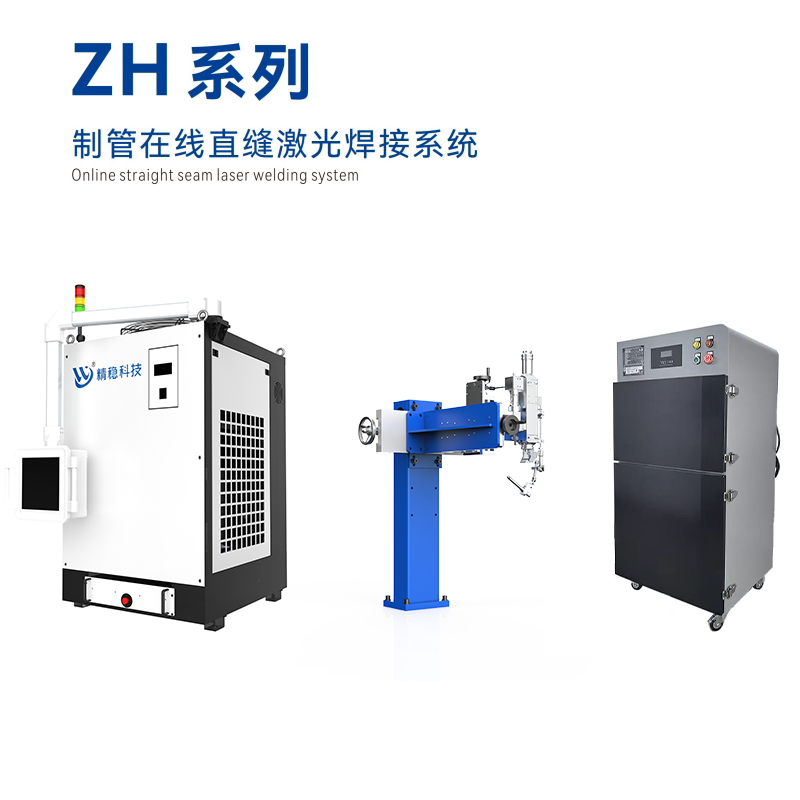Lỗi định dạng email
emailCannotEmpty
emailDoesExist
pwdLetterLimtTip
inconsistentPwd
pwdLetterLimtTip
inconsistentPwd


Essential Guide to Choosing a Laser Tube Cutting Machine: FAQs Answered
In the realm of modern manufacturing, laser tube cutting machines have become indispensable for precision and efficiency. However, with a plethora of options available, many potential buyers find themselves pondering, "What are the key factors to consider when choosing a laser tube cutting machine?" This article aims to address that question and provide clarity on the essential elements to consider, helping you make an informed decision.
Frequently Asked Questions
Question 1: What is the importance of laser power in a laser tube cutting machine?
Answer: Laser power is one of the most critical factors when selecting a laser tube cutting machine. The power of the laser determines the thickness of the material that can be cut effectively. Generally, a higher wattage allows for cutting thicker materials at faster speeds. For example, a machine with 1000W can easily cut through mild steel up to 10mm thick, while a 3000W machine can handle thicker materials, making it essential to assess your specific cutting needs before making a purchase.
Question 2: How does the type of laser technology affect performance?
Answer: There are primarily three types of laser technologies used in tube cutting: CO2, fiber, and solid-state lasers. CO2 lasers are versatile and suitable for a wide range of materials, but they may not be as efficient for metal cutting compared to fiber lasers. Fiber lasers, on the other hand, are known for their speed and efficiency, particularly with metals, making them a popular choice for industrial applications. Understanding the material you will be cutting and the desired efficiency will guide you in selecting the right laser technology.
Question 3: What role does the cutting speed play in the selection process?
Answer: Cutting speed is a crucial factor that affects productivity and operational efficiency. Different machines offer varying speeds based on their design, laser power, and technology. A faster cutting speed can significantly reduce production time, but it’s essential to balance speed with the quality of the cut. High-speed machines may produce rough edges if not properly calibrated. Therefore, it's important to consider both speed and the quality of the cut when choosing a machine.
Question 4: Why is the machine's software important for laser tube cutting?
Answer: The software used in laser tube cutting machines controls the cutting process, including design input, cutting paths, and machine settings. Advanced software can enhance precision, facilitate complex designs, and improve overall efficiency. A user-friendly interface is also essential for operators to easily navigate and program the machine. Thus, evaluating the software capabilities and compatibility with your design requirements is vital in your selection process.
Question 5: How do I assess the quality and reliability of a laser tube cutting machine?
Answer: Assessing the quality and reliability of a laser tube cutting machine involves examining several factors, including the manufacturer's reputation, warranty options, and customer reviews. It's advisable to choose machines from reputable manufacturers known for their durability and performance. Additionally, consider the availability of customer support and service options, as this can significantly impact your operational efficiency in the long run.
Question 6: What are the maintenance requirements for laser tube cutting machines?
Answer: Regular maintenance is essential for the longevity and performance of laser tube cutting machines. This includes routine checks on the laser source, optics, and mechanical components. Some machines may require more frequent maintenance than others, depending on their design and usage. It's crucial to understand the maintenance schedule and requirements outlined by the manufacturer to ensure optimal performance and minimize downtime.
Conclusion
Choosing the right laser tube cutting machine involves careful consideration of various factors, including laser power, technology, cutting speed, software capabilities, quality, and maintenance requirements. By addressing these FAQs, we hope to provide clarity and assist you in making an informed choice. For further reading, consider exploring industry-specific publications or consulting with experts in laser technology. Always remember, the right machine can elevate your production capabilities and drive your business forward.

